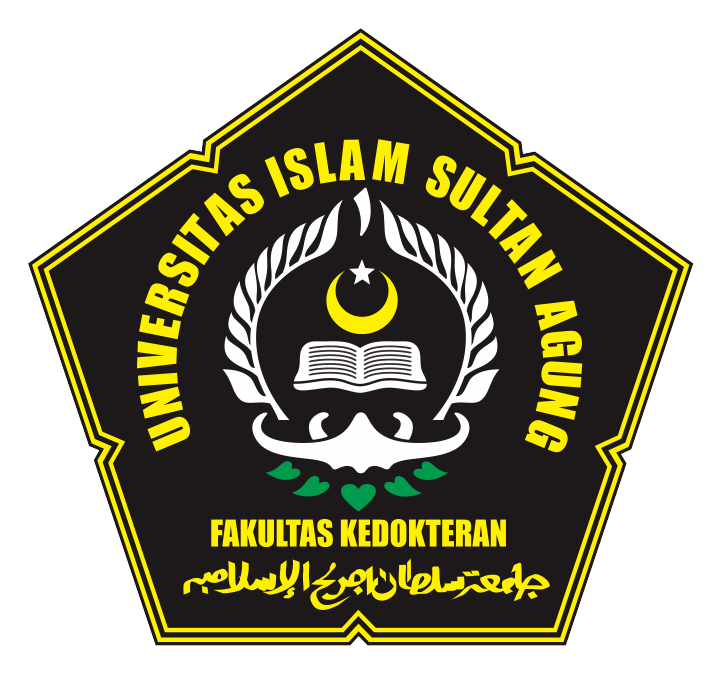Pharmacy program, Medicine Faculty, Sultan Agung Islamic University - Indonesia
Development of Anti Acne Cream (w/o/w Multiple Emulsion) Containing Green Tea Leaf Waste
Background: To date, green tea leaf waste is not well utilized, the waste is remain considered as a waste. Previous studies found that green tea leaf waste still have a fairly high EGCG content. EGCG has benefits as an antibacterial. Utilization of green tea leaf waste started from formulation until the diversification of multiple emulsion w/o/w products has not been reported.
Objective: To develop anti acne cream (W/O/W) multiple emulsion containing green tea leaf waste and evaluate its antibacterial activity against acne-inducing bacteria of Propionibacterium acnes (P.acnes).
Methods: Phase one of this research was green tea leaves was extracted by infundation and fractionation method using ethyl acetate and prepared in different concentration (1% to 6%). The second stage was ethyl acetate fraction of green tea leaf extract was tested for its antibacterial activity against P.acnes. Third stage was tested physical properties of formulation with w/o/w multiple emulsion.
Results: The optimal antibacterial activity of ethyl acetate fraction of green tea leaf extract against P.acne was at the concentration of 6%, with inhibition zone of 32.6 mm ±0.57. The formula of w/o/w multiple emulsion loaded with green tea leaves waste of 6% active substance demonstrated a good physical properties which can spread 90.4 cm2 ± 0.03, pH 5.00 ± 0.02 and microscopic analysis showed multiple emulsion w/o/w.
Conclusion: The concentration of 6% green tea leaf waste formulated in multiple emulsion had a good physical and antibacterial activity for a referred standard. It is necessary to test the stability of multiple emulsion formula.
Keywords: Multiple emulsion W/O/W;green tea leaf residue;Anti acne;P.acnes
- Bashir, S., B.M. Khan, M. Babar, S. Andleeb, M. Hafeez, S. Ali and M.F. Khan, 2014. Assessment of bioautography and spot screening of TLC of green tea (Camellia Sinensis L.) plant extracts as antibacterial and antioxidant agents. Indian J. Pharmaceut. Sci., 76: 364-370.
- Mahmood, T., Akhtar, N., dan Manickam, S., 2014. Interfacial film stabilized W/O/W nano multiple emulsions loaded with green tea and lotus extracts: systematic characterization of physicochemical properties and shelf-storage stability. J of Nanobiotech, 12: 1–17.
- Niyomkam, P., Kaewbumrung, S., Kaewnpparat, S., dan Panichayupakaranant, P., 2010. Antibacterial activity of Thai herbal extracts on acne involved microorganism. Pharm. Biol., 48(4), 375–380.
- Stratton, S. P., Bangert, J. L., Alberts, D. S., dan Dorr, R. T., 2000. Dermal toxicity of topical (-)epigallocatechin-3-gallate in BALB/c and SKH1 mice. Cancer Lett., 158(1), 47–52.
- Widyaningrum, N., Murrukmihadi, M., dan Ekawati, S.K., 2012. Pengaruh Konsentrasi Ekstrak Etanolik Daun Teh Hijau (Camellia sinesis L.) dalam Sediaan Krim terhadap Sifat Fisik dan Aktivitas Antibakteri. Jurnal Sains Medika, 4: 147–156.
- Widyaningrum N, Fuholi A, Sudarsono, Setyowati EP, 2015a, The Stability of Epigallocatechin gallate (EGCG) from Green Tea (Camellia sinensis) and its Antibacterial Activity against Staphylococcus epidermidis ATCC 35984 and Propionibacterium acnes ATCC 6919, Asian. J. of Biol. Sci, 8(2), 93-101.
- Widyaningrum N, Fuholi A, Sudarsono, Setyowati EP, 2015b, Buffer And Emulsifier Optimization In Cream With its Antibacterial Activity And Sensitivity, Int. J. of Pharm. Sci and Research, 6(12), 5253-5258.
- Widyaningrum N, Fuholi A, Sudarsono, Setyowati EP, 2015c, The Effect of Altitude Against Total Phenolic and Epigallocatechin Gallate (EGCG) Content in Green Tea Leaf, International Converence on science and science education.
- Widyaningrum, N., Badie’ah., Lestari, S., 2017, Antibacterial activity of the dregs of green tea leaf (Camellia sinensis L) on S.epidermidis as causes of acne, 2nd international conference on science and science education (IConSSE).
 Copyright (c) 2018 Sains Medika: Jurnal Kedokteran dan Kesehatan
Copyright (c) 2018 Sains Medika: Jurnal Kedokteran dan Kesehatan

This work is licensed under a Creative Commons Attribution 4.0 International License.
